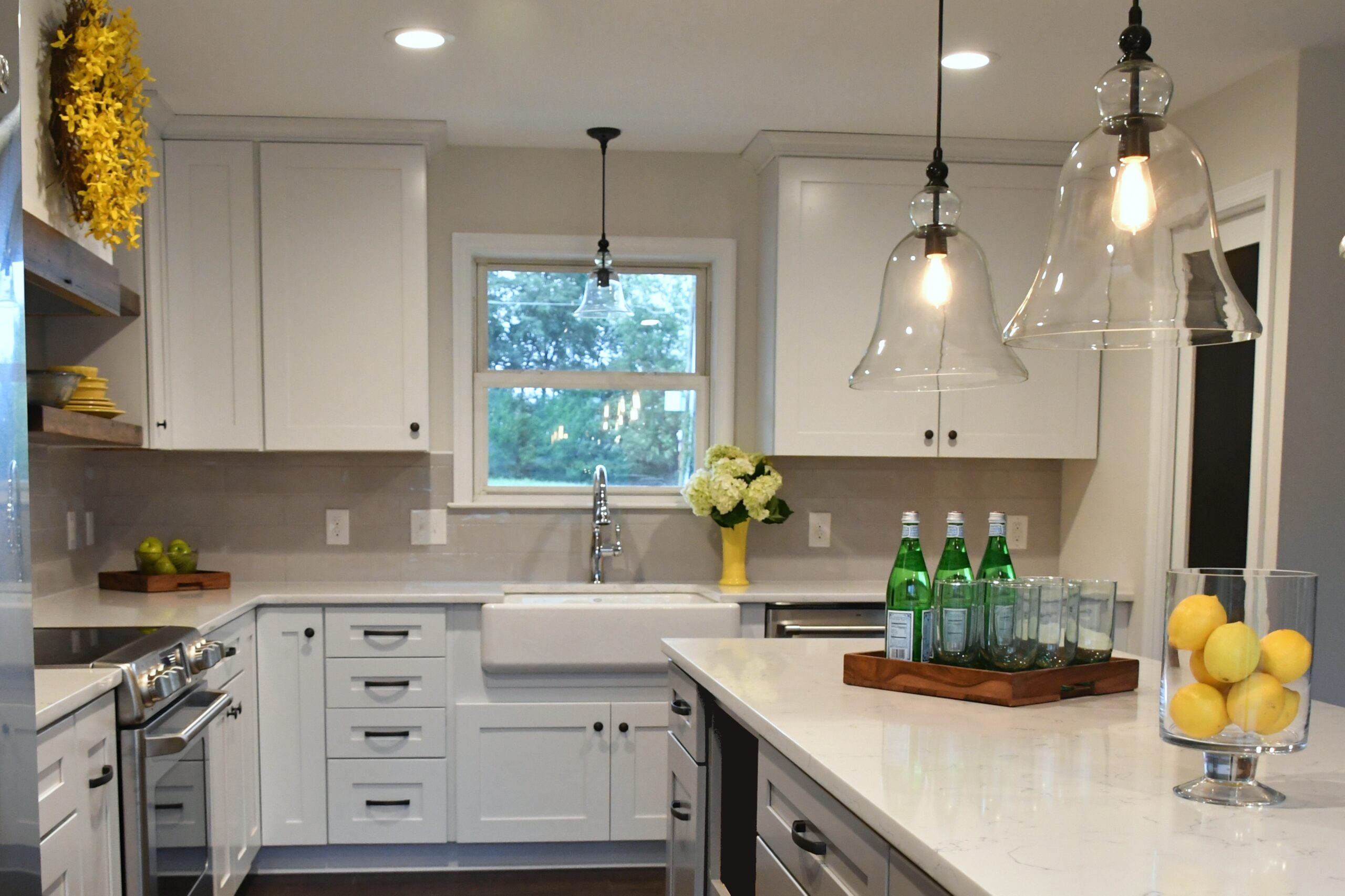It’s no secret that owning a home can be expensive. Between mortgage payments, property taxes, and the cost of day-to-day maintenance, there’s not a lot of room in the budget for big repairs. But when something does go wrong, it’s important to have a plan in place so you’re not caught off guard. In this article, we’ll share some strategies for budgeting for home repairs and maintenance. Keep reading to learn more.
Calculate the cost of each repair project.

When budgeting for home repairs and maintenance, it is important to calculate the approximate cost of each repair to get a realistic estimate of what needs to be done. Many homeowners make the mistake of underestimating the cost of repairs, which can lead to unexpected expenses down the road. For instance, replacing a few missing shingles on your roof is much more affordable than a full residential roof replacement. The cost of a new roof varies but typically ranges from $5,000 to $10,000.
It is also important to factor in the cost of regular maintenance tasks such as changing air filters, replacing fixtures, and routine lawn care, which can help prevent bigger problems from developing in the long run.
Look for ways to save money on other expenses.
When you’re trying to save money, it’s a good idea to look for areas where you can reduce your spending. For instance, you can contact your utility providers to see if there are lower rates or discounts available. Some companies will offer you a lower rate if you’re considering leaving their service for another provider.
Internet bills have become increasingly costly in recent years, but if you’re wondering how to lower your internet bill, there are a few ways to do so. The best way is to bundle your internet service with other services that you use, such as cable TV or phone service. You can also shop around for a better deal on your internet service. Sometimes, it is possible to get a discount if you sign up for a longer contract term with a new internet service provider.
Here are some additional tips to help you save money on your monthly expenses:
- Cook and eat your meals at home instead of ordering takeout or going out to eat.
- Start clipping coupons. You can find coupons for groceries in your local Sunday newspaper.
- Consider walking, using public transportation, or carpooling. This can save you money on gas and parking fees.
- Instead of buying new clothes, go through your closet and see if there are useful clothing items you’ve forgotten about. You can also try shopping at thrift stores.
Research affordable maintenance and repair options.

If you’re on a tight budget, one of the best ways to save money is by taking care of minor repairs and maintenance needs yourself. However, this can be difficult if you don’t know how to do it or what to do. Here are a few tips for researching affordable repair and maintenance options:
First, take a look at your budget and figure out what you can afford to spend on repairs and maintenance each month. This will help you determine which projects are most important to you.
Next, research different repair and maintenance options that are within your budget. There are many online resources available for homeowners, including videos, articles, and blogs. You can also ask friends and family for recommendations.
Once you’ve determined which projects you need to tackle, create a plan of action and make a list of the materials and tools you’ll need. This is a great way to help keep costs down and ensure that you have everything you need before starting the project.
Finally, be patient and take your time with the repairs. Rushing through them may end up costing more in the long run.


















